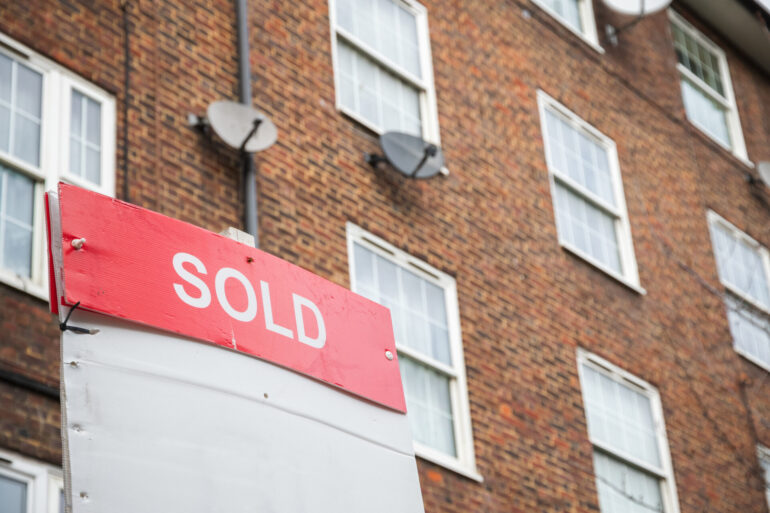First-time buyers are becoming more pragmatic in their approach to homeownership, viewing their first property as a financial stepping stone rather than a long-term emotional commitment, according to new research by Santander.
The study, based on responses from 2,000 homeowners, highlights a shift in sentiment towards affordability, location and investment potential.
Rising property prices and higher mortgage rates have led many buyers to opt for smaller, more affordable homes, often in less desirable areas, in order to enter the market.
Caroline Marshall-Roberts, CEO and founder of BuyAssociation, said: “This study reinforces what we’re seeing in the market.
“Sentiment is giving way to functionality and affordability. Buyers are prioritising access to the property ladder over securing their ‘forever home’.
“This is evident in the fact that the average stay in a first home is just four and a half years.”
The findings show that affordability is now central to decision-making, with many first-time buyers choosing smaller properties to build equity before moving up the ladder.
More than two-thirds cited location as a key influence, though rising prices are pushing them towards more affordable suburbs and commuter zones.
There is also growing urgency among buyers to enter the market, driven by concerns over interest rates and shrinking incentives such as the reduced Stamp Duty threshold for first-time buyers, which was lowered from £425,000 to £300,000 earlier this year.
Entry-level properties such as studios, small flats, and compact terraced houses are seeing increased demand in cities like London, Manchester and Leeds.
Marshall-Roberts added that these types of homes are often viewed as strategic purchases: “Far from being compromise purchases, these homes are often seen as calculated, strategic decisions, as they offer the most accessible route onto the housing ladder, especially in high-demand cities.”
For investors and developers, the trend presents a dual opportunity – catering to demand for both entry-level and ‘second-step’ homes.
As more first-time buyers move on after four to five years, interest is rising in medium-sized properties in commuter-friendly areas, often driven by life events such as family expansion or hybrid working arrangements.




